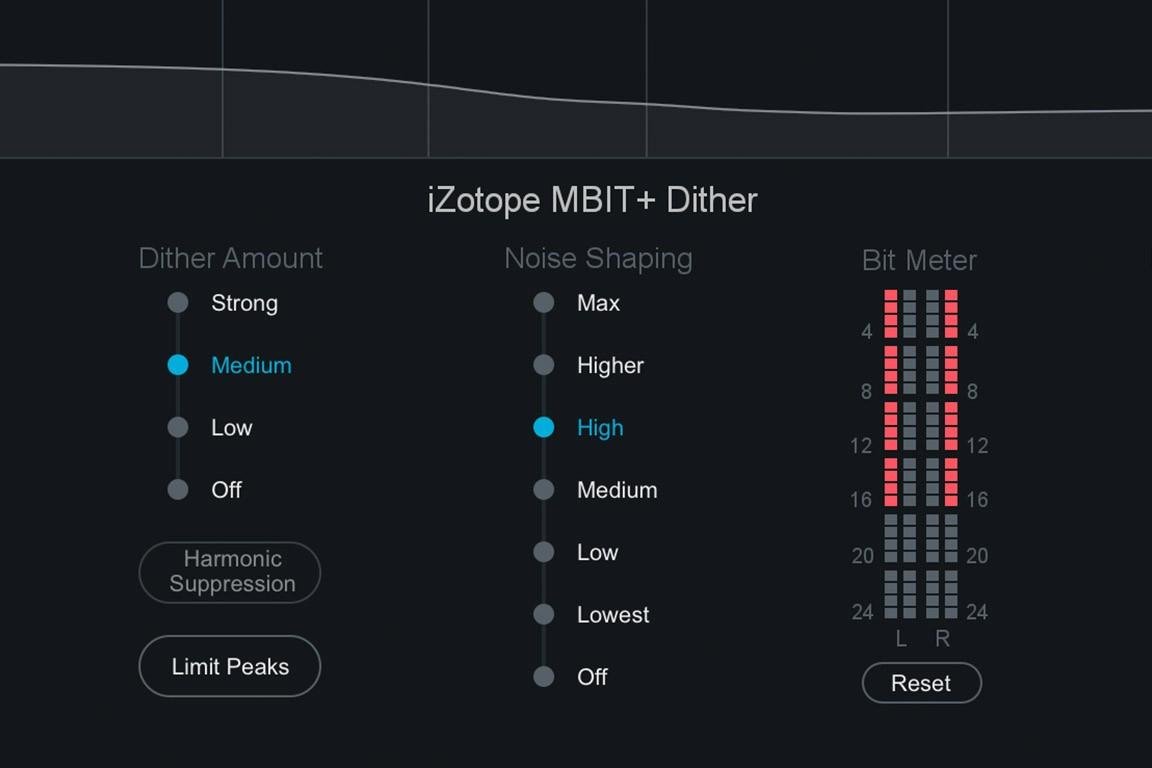Unmasking the Magic of Dithering in Audio: A Comprehensive Guide
In the realm of audio production and digital audio technology, a seemingly unassuming process plays a pivotal role in maintaining audio quality and preserving the nuances of sound. This process is called dithering. In this post, we will unravel the fascinating world of dithering in audio, exploring its principles, applications, creative uses, and why it's an indispensable tool for achieving pristine audio recordings and mixes.
I. Demystifying Dithering
To embark on this journey through the art and science of dithering, let's begin by understanding what dithering is and why it's needed.
Digital Audio Basics
Digital audio is created by converting analog audio signals into a series of discrete numerical values, represented as binary digits (0s and 1s). This process is known as analog-to-digital conversion (ADC).
The Quantization Challenge
When an audio signal is converted to digital, it undergoes quantization, which means it's mapped to a specific digital value based on its amplitude. However, there's an inherent challenge: the audio signal may not align perfectly with these digital values, resulting in quantization errors, or "quantization noise."
The Role of Dithering
Dithering is an intentional introduction of controlled noise into the audio signal before quantization occurs. This noise helps mitigate quantization errors and results in smoother, more natural audio representation.
II. The Science Behind Dithering
Now, let's explore the scientific principles that underpin the dithering process:
Noise Shaping
Dithering isn't just about adding random noise; it's often accompanied by noise shaping. Noise shaping reshapes the spectral distribution of the dither noise, pushing it to frequencies where human hearing is less sensitive.
Bit Depth and Dither
The bit depth of an audio system determines the number of digital values available to represent the audio signal. Dithering is particularly crucial when reducing bit depth, such as when mixing or mastering, to maintain audio fidelity.
III. Practical Applications of Dithering
Dithering is a versatile and essential tool in various aspects of audio production:
Mixing and Mastering
When reducing the bit depth for CD or streaming formats (e.g., from 24-bit to 16-bit), dithering ensures that the final audio maintains its depth and resolution, even in quieter passages.
Digital Audio Workstations (DAWs)
Most professional DAWs include dithering options to facilitate the final conversion of audio before rendering a project to a lower bit depth for distribution.
Audio Restoration
Dithering can be employed in audio restoration to reduce artifacts introduced during the restoration process, resulting in cleaner and more faithful audio.
IV. Creative Uses of Dithering
Beyond its technical applications, dithering can also be harnessed creatively:
Texture and Ambience
By manipulating dither parameters like noise shaping and intensity, you can introduce subtle textures and ambient qualities to audio, enhancing the mood and atmosphere of a recording.
Lo-fi Aesthetics
Dithering can be used to achieve deliberate lo-fi or vintage aesthetics in your music, adding character and warmth reminiscent of classic recordings.
Sound Design
Sound designers often use dithering techniques to create unique, otherworldly effects and textures that can be employed in film, video games, and experimental music.
V. How to Use Dithering Effectively
To make the most of dithering in your audio production, consider these practical tips:
Apply Dither as the Final Step
Dithering should be the very last processing step in your audio chain, performed just before the final quantization for distribution.
Choose the Right Dither Type
Different dither types (e.g., triangular, rectangular, noise shaping) have distinct characteristics. Select the dither type that best suits your project's goals and the bit depth reduction you require.
Set the Correct Bit Depth
Ensure that you set the target bit depth accurately when applying dither. Common bit depths for distribution include 16-bit and 24-bit.
Avoid Multiple Dithering Passes
Each dither pass adds noise, and multiple passes can accumulate noise and degrade audio quality. Apply dither only once at the final bit depth reduction.
Monitor and Listen Critically
Use high-quality monitoring equipment or headphones to assess the impact of dithering. Listen critically to your audio before and after dithering to ensure it sounds natural and unaltered.
Experiment with Noise Shaping
Noise shaping can be a powerful tool for tailoring the character of the dithered noise. Experiment with different noise shaping settings to achieve the desired sonic results.
VI. Dithering in Different Music Genres
Dithering is a universal technique that transcends music genres:
Classical and Orchestral
In classical music, where dynamic range is critical, dithering plays a vital role in preserving the subtlety of performances during the mastering process.
Electronic Music
Electronic music producers harness dithering to ensure the clarity and depth of synthesized sounds, especially in genres like ambient, techno, and house.
Jazz and Acoustic
In jazz and acoustic recordings, dithering maintains the natural nuances of instruments and vocal performances, ensuring that every subtlety is faithfully reproduced.
VII. The Future of Dithering
As audio technology continues to evolve, the future of dithering holds exciting possibilities:
Advanced Noise Shaping Algorithms
Future dithering algorithms may offer even more advanced noise shaping options, providing precise control over the tonal characteristics of dither noise.
Automated Dithering
Intelligent algorithms and AI-driven processing may streamline the dithering process, offering real-time adjustments and suggestions based on the audio material.
Enhanced Visualization
Improved visualization tools may make it easier for producers and engineers to understand and manipulate the dithering process, enhancing creative possibilities.
Conclusion
Dithering is a subtle yet indispensable technique in the world of audio production, ensuring that the nuances of sound are faithfully preserved even in the digital realm. By comprehending its principles, exploring its applications, and applying best practices, you can harness the power of dithering to achieve pristine and professional audio recordings and mixes. Embrace the art of dithering, and let it become your ally in the quest for sonic excellence and fidelity. With this technique at your disposal, your audio productions will shine with clarity and authenticity, captivating listeners with every note and sound.






